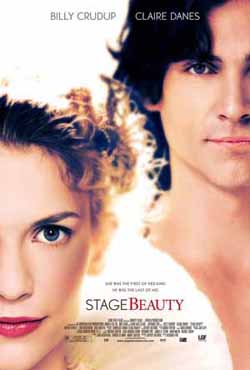 |
| Buster Keaton in The Cameraman |
Sally: Marceline Day
Stagg: Harold Goodwin
Editor: Sidney Bracey
Cop: Harry Gribbon
Director: Edward Sedgwick, Buster Keaton
Screenplay: Clyde Bruckman, Lew Lipton, Richard Schayer; titles by Joseph Farnham
Cinematography: Reggie Lanning, Elgin Lessley
Art direction: Fred Gabourie
Film editing: Hugh Wynn, Basil Wrangell
The Cameraman, Buster Keaton's first film under contract to MGM, isn't quite up to the standards set by The General (Keaton and Clyde Bruckman, 1926) or Steamboat Bill Jr. (Charles Reisner and Keaton, 1928), but then what is? Keaton plays a sidewalk photographer who is smitten with Sally, a receptionist in the studios of MGM's newsreel department. To try to win her, he buys an antique movie camera and sets out to get a job with the studio. Of course he screws up his first attempt and is shown the door, but several adventures later he succeeds in getting not only the job but also the girl. Keaton would come to regret signing with MGM, a studio strongly producer-driven, and he fought with producer Lawrence Weingarten over the concept and script for The Cameraman, eventually getting his own way after persuading the studio's creative director, Irving G. Thalberg, to back him. But the relationship with the studio was fated to end, especially when sound arrived and Keaton came to be seen as a relic of a fading era. There are some masterly moments in The Cameraman, such as the scene in which he and a much larger man struggle to change into their swimsuits in a too-small changing cubicle, (The scene, incidentally, gives us a glimpse of a shirtless Keaton, revealing a strikingly toned athletic body, the product of years of doing his own stunts.) There are perhaps too many scenes that Keaton is forced to share with a very cute trained monkey, distracting us from his own work, but this is probably the last of the great Keaton films.








.png)